Health and Wellness Trends
The Global Food Binders Market Industry is significantly influenced by the increasing focus on health and wellness among consumers. As individuals become more health-conscious, there is a rising demand for natural and organic food binders that align with clean label trends. This shift is evident in the market's projected growth, with an expected value of 6.61 USD Billion by 2035. Consumers are actively seeking products that contain fewer artificial additives, prompting manufacturers to innovate and incorporate healthier binding agents. This trend not only enhances product appeal but also aligns with regulatory guidelines promoting transparency in food labeling.
Rising Demand for Processed Foods
The Global Food Binders Market Industry experiences a notable surge in demand for processed foods, driven by changing consumer lifestyles and preferences. As urbanization continues to rise, consumers increasingly seek convenient meal options that require minimal preparation. This trend is reflected in the projected market value of 4.04 USD Billion in 2024, indicating a robust growth trajectory. Food binders play a crucial role in enhancing the texture and stability of these products, thereby meeting consumer expectations. The growing inclination towards ready-to-eat meals and snacks further propels the demand for food binders, solidifying their importance in the food processing sector.
Regulatory Support for Food Safety
The Global Food Binders Market Industry benefits from stringent regulatory frameworks aimed at ensuring food safety and quality. Governments worldwide are implementing regulations that govern the use of food additives, including binders, to protect consumer health. This regulatory support fosters consumer confidence and encourages manufacturers to adopt safe and compliant binding agents. As the industry adapts to these regulations, there is a growing emphasis on transparency and traceability in food production. This trend not only enhances product integrity but also drives innovation in the development of safer and more effective food binders, ultimately contributing to market growth.
Technological Advancements in Food Processing
Technological advancements in food processing are reshaping the Global Food Binders Market Industry. Innovations in binding technologies, such as the development of plant-based binders and improved emulsification techniques, are enhancing product quality and functionality. These advancements enable manufacturers to create food products with better texture, moisture retention, and shelf life. As a result, the market is poised for growth, with a projected CAGR of 4.58% from 2025 to 2035. The integration of technology in food binder formulations not only meets consumer demands for quality but also supports sustainability initiatives by reducing waste and improving resource efficiency.
Expanding Applications in Various Food Segments
The Global Food Binders Market Industry is witnessing an expansion of applications across diverse food segments, including bakery, dairy, and meat products. This diversification is driven by the need for improved texture, moisture retention, and overall product stability. For instance, binders are increasingly utilized in gluten-free and plant-based food products, catering to the rising demand for alternative diets. As the market evolves, manufacturers are exploring innovative binding solutions tailored to specific food applications. This trend not only enhances product performance but also opens new avenues for growth, positioning food binders as essential components in the food processing landscape.


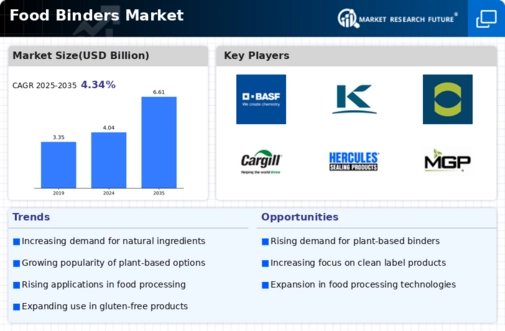
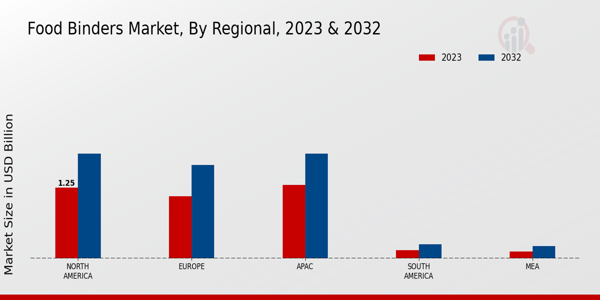
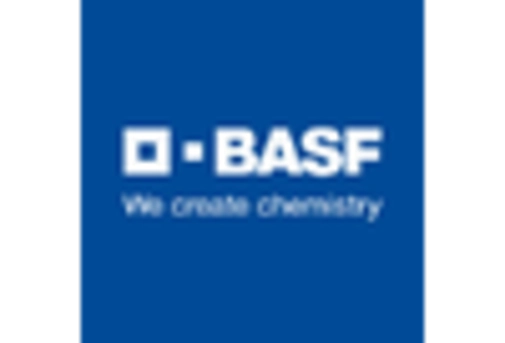
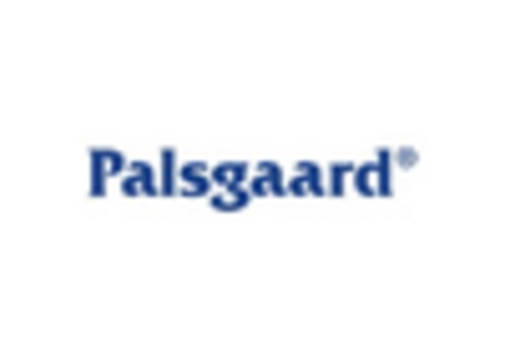

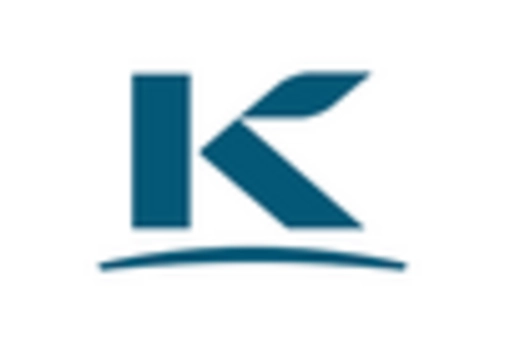

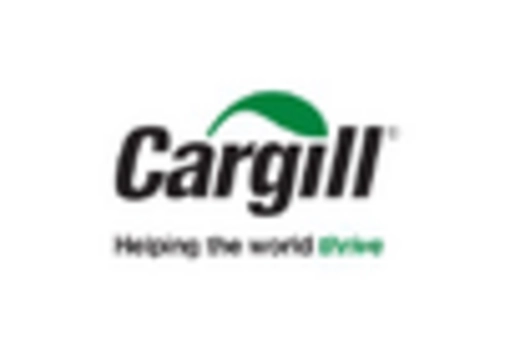

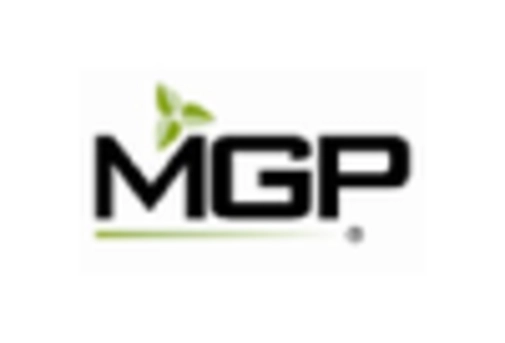









Leave a Comment